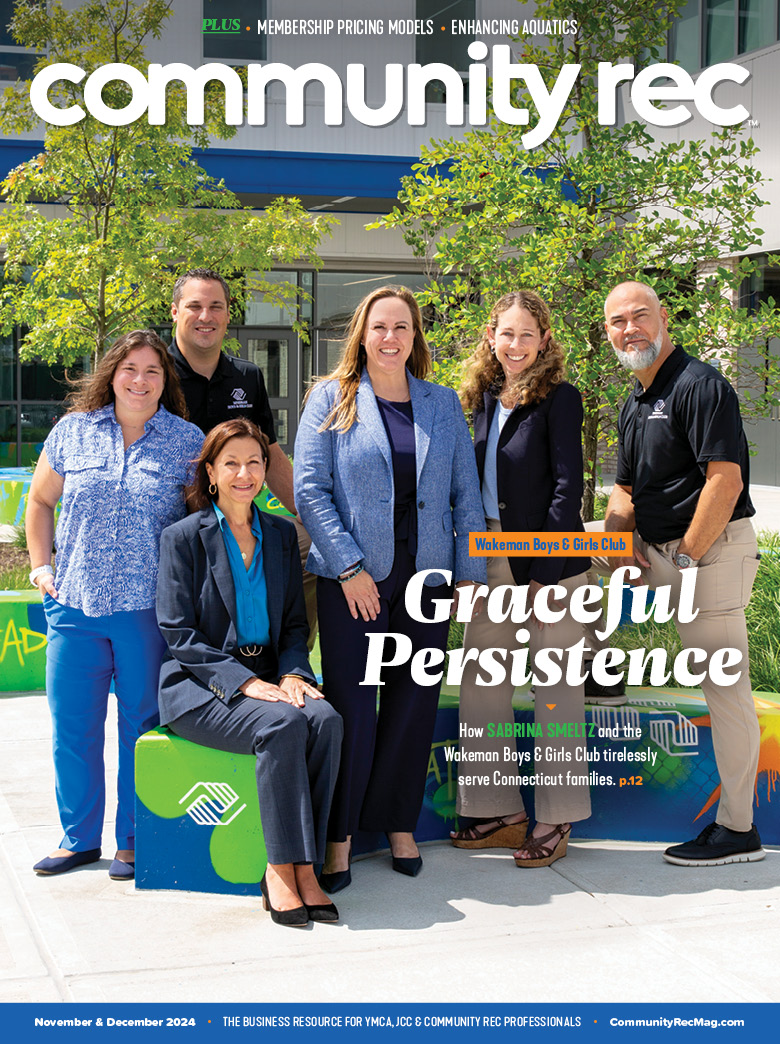Sarah Grai, the director at One Family Memphis, shares tips for navigating the youth sports staff retention issue.
The youth sports field is not immune from the staffing pressure being experienced by the rest of the world. Even prior to the pandemic, it was difficult building a solid sports team due mostly to sporadic schedules and wages that may not equate to competitive sports.
Let’s start by examining the sports director position, typically a 40-plus hour position, overseeing at least one comprehensive sports program. Prior to COVID-19, the sports director position within most YMCAs had the most turnover of any director level position. At the onset of COVID-19, many organizations reduced the number of sports directors on staff as their sports programs paused or were significantly reduced.
I am familiar with six separate organizations that reduced their number of sports directors by 75% and have yet to reinstate these positions, despite an increase in sport registrations. With all these factors, it comes as no surprise that staffing part-time sports positions is also a challenge.
So what’s the solution?
The answer is not easy. The answer includes a comprehensive review of compensation schedules, organizational culture, and training and development opportunities. However, let’s save the topics of salary and culture for another time as those are deeply rooted in individual and organizational ideals.
To tackle – pun intended – the youth sports staff retention issue, we can point towards the self-determination theory as examined through training and development. The self-determination theory notes all individuals are inherently motivated to develop their interests and skills, to connect and contribute to other people and to develop toward their fullest potential. Psychological needs evolve and include the need for competence, relatedness and autonomy.
Learn More: Leadership in Youth Sports – Revisioning Organizational Sport Strategy
Prior research has demonstrated these needs predict motivation and job satisfaction. As you’re reviewing your organizational training and development plan, if you have an active plan, how does this plan meet the employee’s need for competence, relatedness and autonomy?
Below are recommendations on how to structure your organizational training and development program to include the ideas of the self-determination theory.
Provide training and development opportunities of high quality and structure as perceived by employees. Perception of training and development opportunities, being invested in, and having developmental opportunities are associated with higher levels of task performance, organizational citizenship behavior and lower levels of turnover intention. An effective training and development program will lead to higher levels of employee competence.
- Tip: Tailor training to each individual attending. (relatedness)
- Tip: Development opportunities should continue in daily work by providing the following: regular feedback, mentors/mentees (relatedness) and the experience of other departments.
Offer autonomy support during training by providing trainees with why the training is important and relevant to them and their job roles. This will increase learning outcomes and perceptions of autonomy support and autonomous motivation. It should also foster interpersonal relationships (relatedness).
Consider all organizational HR activities, including training and development, to increase employee perception of autonomy, competence and relatedness
Organizational questions to consider:
- Do transfer training opportunities exist?
- Are there perceived career opportunities? Do the training and development opportunities align with career opportunities?
Suggested organizational next steps:
- Review all current training and development opportunities to include processes and policies through the lens of the self-determination theory, asking this question: “How does this training/development idea increase an employee’s level of competence, relatedness or autonomy.
- Solicit feedback on training and development from employees.
- Create an employee training and development committee that can consistently review, evaluate, and redesign training and development opportunities, processes and policies, separate from HR representatives.
- Prioritize staff involved in this plan by ensuring director-level staff are primarily engaged before rolling out to the entirety of the organization.
- Have a consistent training and development plan, regardless of sports director in place. Consistency is key.
- Practice honesty when planning these changes. Is your organization in a place to develop and incorporate a comprehensive training and development plan? Who is going to lead these efforts? Are your directors capable of taking on additional work right now? Is it possible to hire a training and development director?










